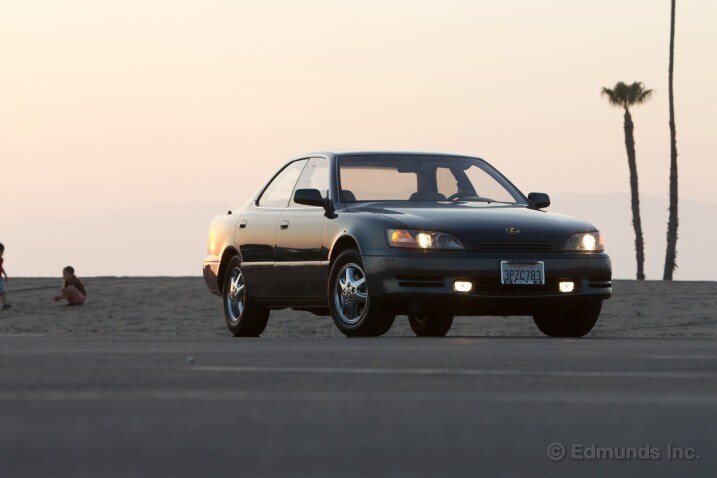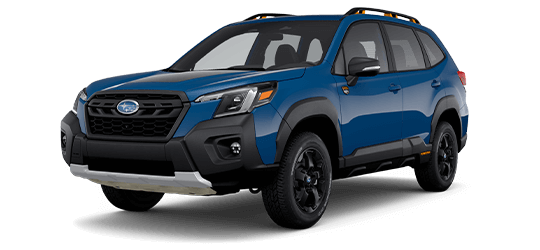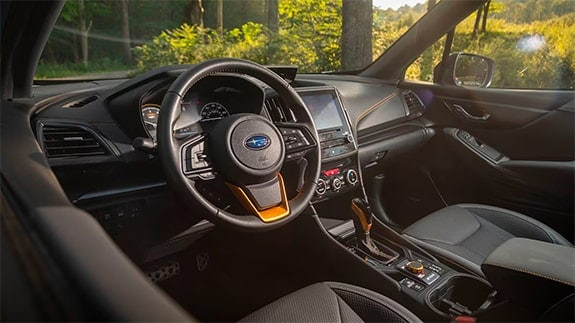Kicking Tires
We replied to both dealer and private-party for-sale listings. In general, we recommend dealing with car owners rather than car dealers, since private-party sellers are easier to negotiate with and will know more about the car's past. But don't be afraid to consider a dealership. After all, that's where we ultimately found our car. And since you are paying cash for the car, you won't have to worry about a finance officer in some high-pressure dealership leading you into a bad deal.
About a week into our research and some wacky experiences with a curb stoner and some sellers who turned out to be Internet scammers, we encountered a car that we could take seriously: a forest-green 1996 Lexus ES 300 with 135,000 miles on the odometer. It looked good in the photos and the vehicle history report showed a clean record. There had been no accidents on record and the car had made multiple service visits to a Lexus dealer.
A tiny independent dealership was selling the Lexus. Its sole signage consisted of a vinyl banner on a chain-link fence. We found the Lexus covered in a layer of dust and boxed in by the roughly 10 cars that made up the rest of the dealer's inventory. The car was slow to start and smelled like oil when we fired it up.
The salesman, Fred, said the smell was not a problem. A valve cover gasket had recently been changed and some oil had leaked onto the exhaust manifold. We could see that the car's body was in great shape and the seats had normal wear for a vehicle of this age.
"What price do we have on this car?" Fred asked us. It was an odd question for a seller to put to a buyer. The AutoTrader ad said $3,995, but the dealer's own Web page had it listed for $3,700. And that's the price we told him. He seemed satisfied with our answer and never bothered to verify it.
The Lexus was nice, but we didn't want to jump on the first car we looked at, so we moved on. Next we looked at a pair of Volvos. The one being advertised was out of commission, since it had been used as a loaner and the radiator went bad while it was in use. The second one ran well enough, but the driver seat had a huge tear and there was a white crusty substance on the window switches that looked like dried Bondo body filler.
We continued to shop. And the next few cars we found (including a red Lexus ES 300 almost identical to the green one) were in decent shape, but the salespeople were unwilling to drop the prices into our range. The asking prices were well above TMV, yet the salespeople felt justified in holding the line, because they had invested some money into reconditioning the cars.
After a week and a half of assessing various used cars, the green Lexus was looking better and better.


 by
by 
